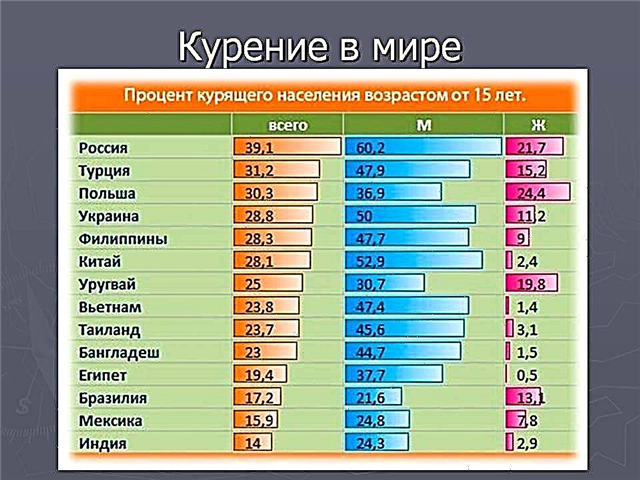Volcano Krakatoa today does not differ in gigantic dimensions, but once it became the cause of the disappearance of the whole island and is still causing controversy regarding the consequences of its future eruptions. It changes every year, influencing the nearby islands. Nevertheless, it is of great interest among tourists, so they often visit excursions and observe the stratovolcano from afar.
Basic data about the volcano Krakatoa
For those who are interested in which mainland one of the active volcanoes in the world is located, it is worth noting that it is part of the Malay Archipelago, which is actually referred to as Asia. The islands are located in the Sunda Strait, and the volcano itself is located between Sumatra and Java. Determining the geographic coordinates of young Krakatoa is not easy, since they may change slightly due to systematic eruptions, the actual latitude and longitude are as follows: 6 ° 6 ′ 7 ″ S, 105 ° 25 ′ 23 ″ E.
Previously, the stratovolcano was a whole island with the same name, but a powerful explosion wiped it off the face of the Earth. Until recently, Krakatoa was even forgotten, but it reappeared and grows every year. The current height of the volcano is 813 meters. On average, it increases by about 7 meters every year. It is believed that the volcano connects all the islands of the archipelago, having a total area of 10.5 square meters. km.
The history of the greatest disaster
Krakatoa occasionally spews its contents, but there have been few powerful explosions in history. The most catastrophic event is considered to have occurred on August 27, 1883. Then the cone-shaped volcano literally scattered to pieces, throwing pieces 500 km in different directions. Magma flew out in a powerful stream from the crater to an altitude of 55 km. The report said that the force of the explosion was 6 points, which is thousands of times more powerful than a nuclear attack in Hiroshima.

The year of the largest eruption will forever go down in the history of Indonesia and the whole world. And although there was no permanent population on Krakatoa, its eruption provoked the death of thousands of people from the nearby islands. The violent eruption caused a 35 meter high tsunami that covered more than one beach. As a result, the Krakatoa volcano split into small islands:
- Rakata-Kecil;
- Rakata;
- Sergun.
Growth of young Krakatoa
After the explosion of Krakatoa, the volcanologist Verbeek, in one of his messages, put forward a hypothesis that a new one would appear on the site of the disappeared volcano due to the structure of the earth's crust in this area of the continent. The forecast came true in 1927. Then an underwater eruption happened, the ash rose 9 meters and stayed in the air for several days. After these events, a small piece of land formed from solidified lava appeared, but it was quickly destroyed by the sea.

A series of eruptions repeated with enviable frequency, resulting in the birth of a volcano in 1930, which was given the name Anak-Krakatau, which translates as "Child of Krakatau".
We advise you to look at the Cotopaxi volcano.
The cone changed its position a couple of times due to the negative influence of ocean waves, but since 1960 it has been growing steadily and has attracted the attention of a huge number of researchers.

No one doubts whether this volcano is active or extinct, since from time to time it spews out gases, ash and lava. The last significant eruption dates back to 2008. Then the activity remained for a year and a half. In February 2014, Krakatoa showed itself again, causing more than 200 earthquakes. At present, researchers are constantly monitoring the changes in the volcano island.
Note for tourists
Although the volcanic island is not inhabited by anyone, questions may arise as to which country it belongs to in order to know how to get to the natural creation. In Indonesia, there is a strict ban on settling near a dangerous volcano, as well as restrictions on tourist excursions, but locals are ready to accompany those who wish directly to the island and even help climb Krakatoa itself. True, no one has yet climbed to the crater and hardly anyone will be allowed there, since the behavior of the volcano is very unpredictable.

No picture is able to convey the true impression of the Krakatoa volcano, so many people strive to get to the island to see firsthand the ash-covered stingrays, take photos on gray beaches, or explore the newly emerged flora and fauna. To get to the volcano, you have to rent a boat. This can be done, for example, on the island of Sebesi. Rangers will not only show you where the volcano is, but will also escort you to it, as solo travel is strictly prohibited.









